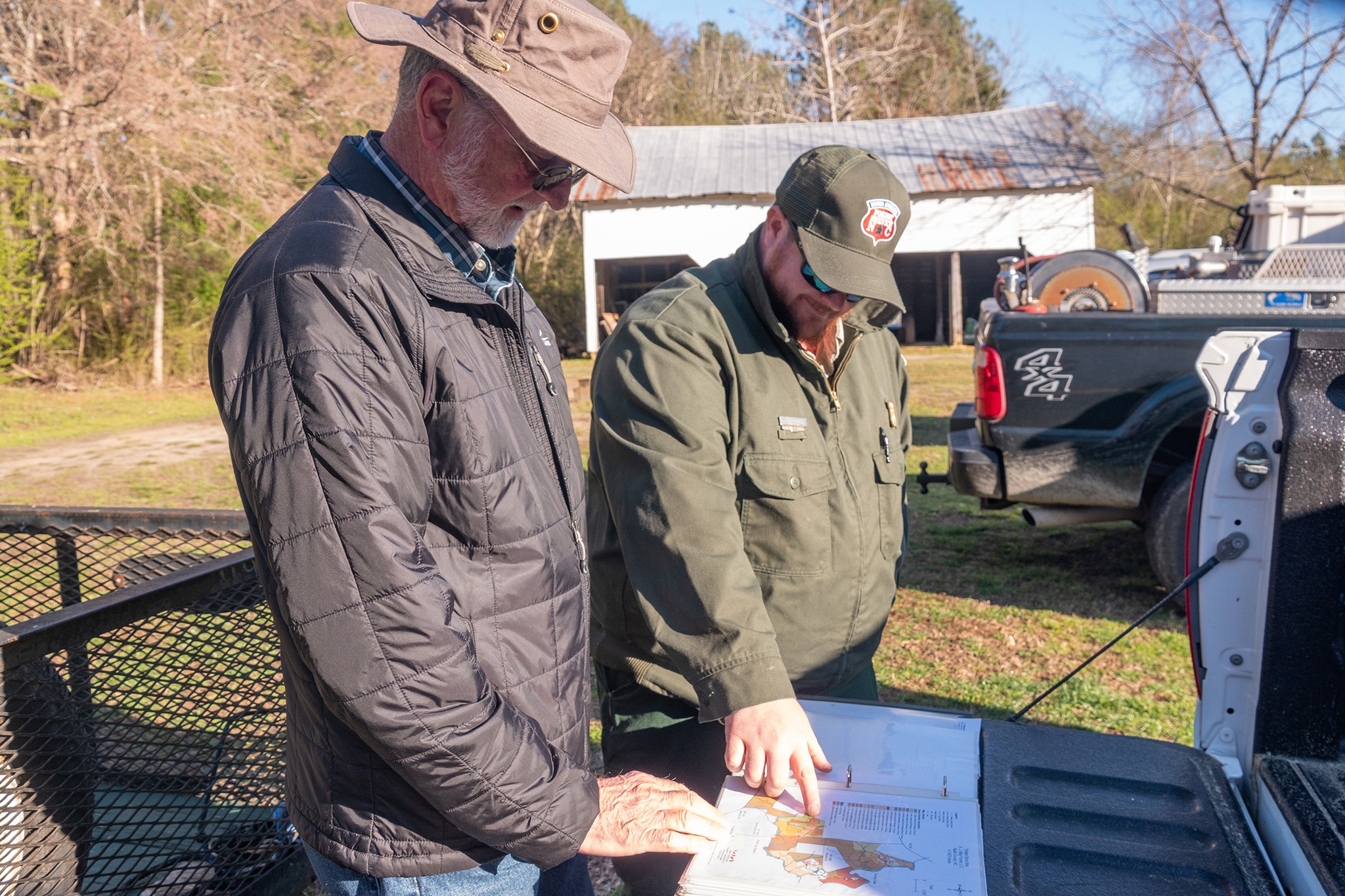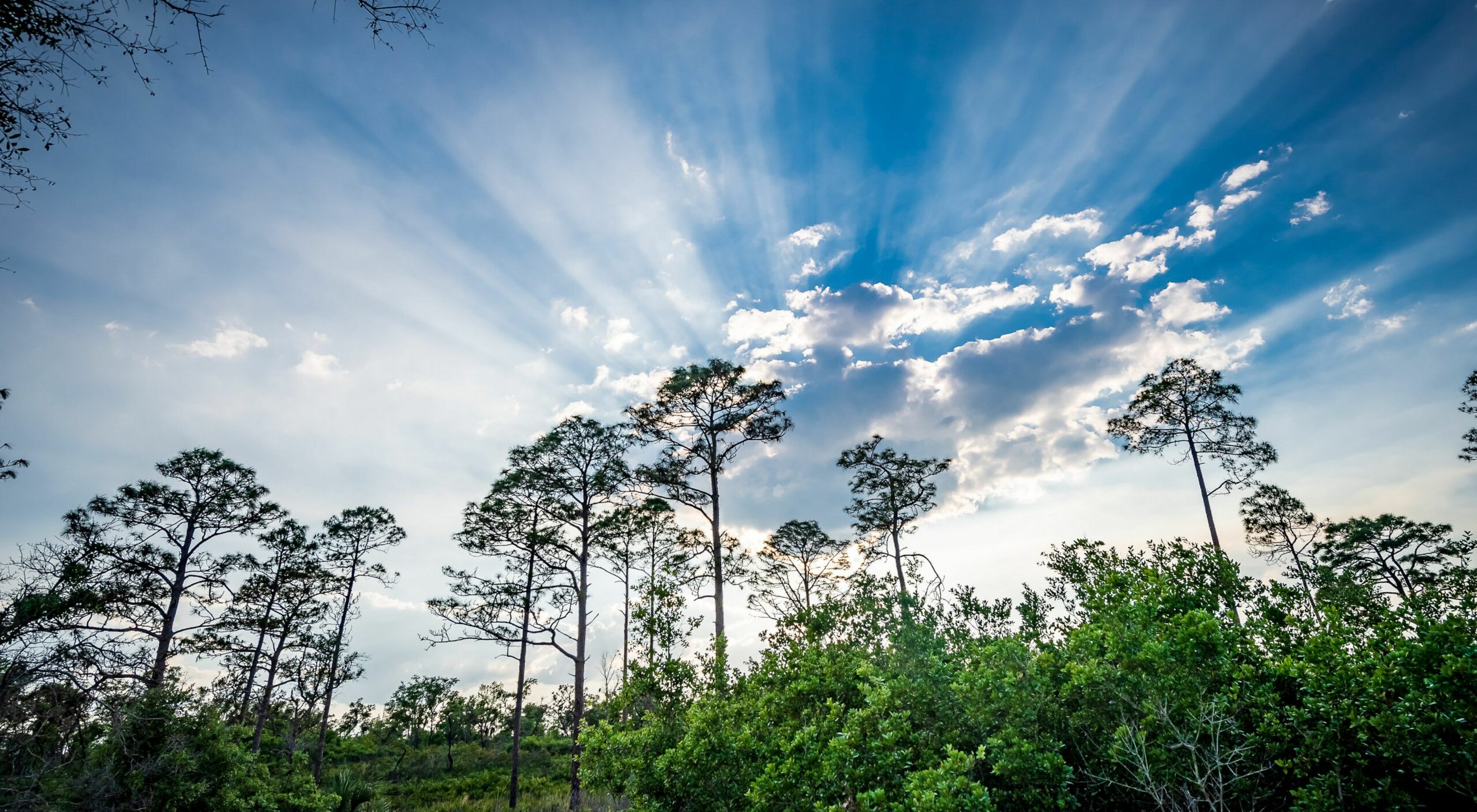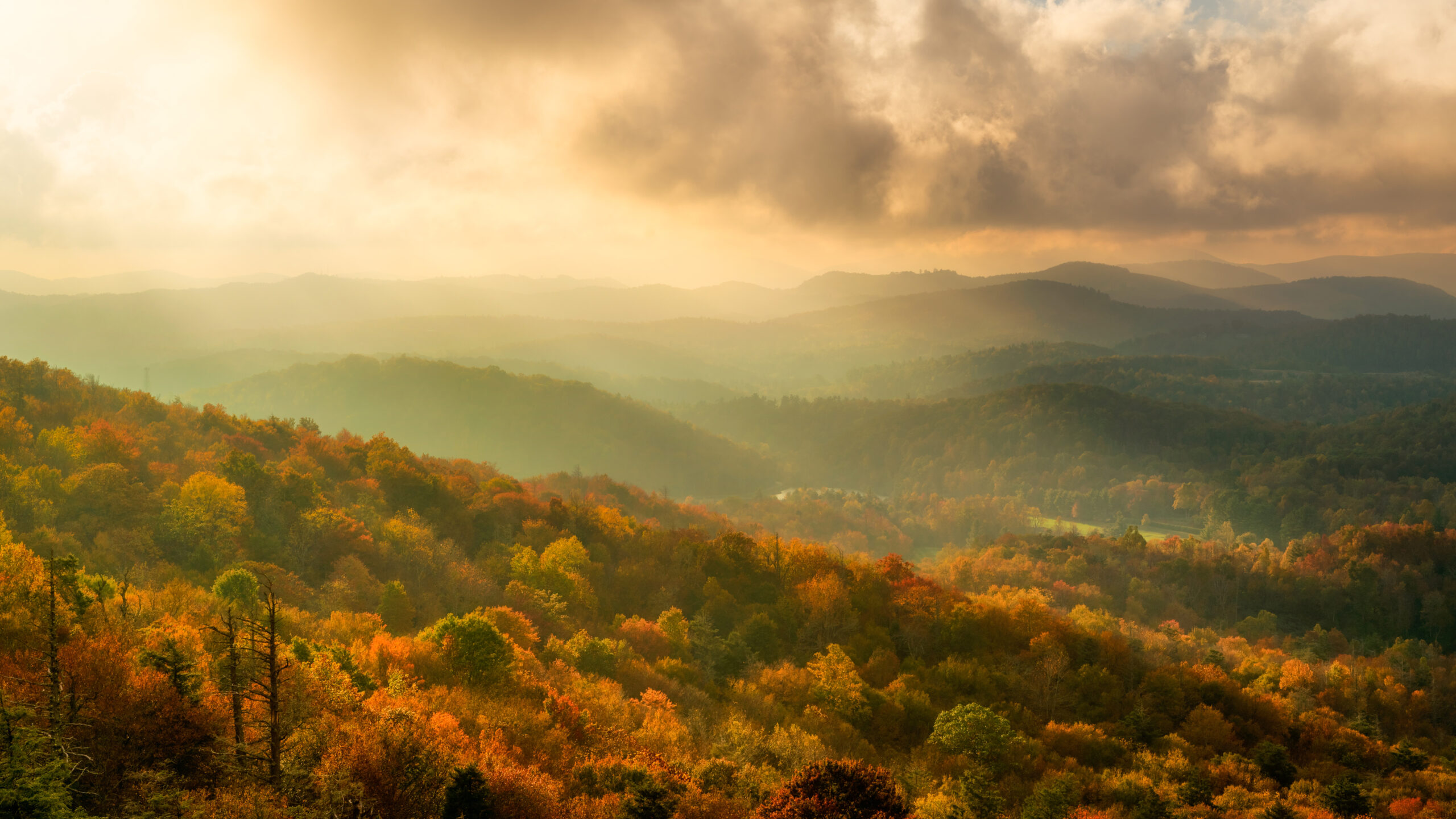
Sustainable forest management, reforestation, and conservation in
North Carolina
With approximately 61% of North Carolina’s land area covered by forests1, sustainable forest management, reforestation, and conservation in North Carolina are essential strategies to protect infrastructure, enhance local economies, and safeguard communities.

What difference do healthy forests make for communities in North Carolina?
Sustainable forest management is crucial for maintaining multi-billion dollar economic benefits
In 2022, North Carolina’s forest sector contributed approximately $42.5 billion in industry output, supporting around 152,000 full-time and part-time jobs2,3. Sustainable forest management is crucial for maintaining these economic benefits, ensuring long-term stability for local communities, and providing essential services such as clean water, carbon sequestration, and biodiversity conservation.
Protecting and sustainably managing North Carolina’s forests helps strengthen the state’s recreation economy. Healthy forests attract tourists and outdoor enthusiasts, supporting local businesses and generating revenue. A 2024 survey focusing on Western North Carolina revealed that outdoor recreation activities, many of which occur in forested settings, generated an economic output of $4.9 billion4.
Forested watersheds can reduce water treatment costs by up to 50%5, highlighting the importance of conserving and sustainably managing these areas.
Healthy forests protect water quality and prevent erosion
Research in the southeastern U.S. supports the case for conserving North Carolina’s forests, showing that watersheds with higher forest cover have lower concentrations of total nitrogen, total phosphorus, and suspended sediments6.
Trees can play an important role in preventing soil erosion. An analysis of land conservation in North Carolina’s Catawba River Basin found that controlling sediment erosion could reduce drinking water treatment costs and improve lake water clarity, benefiting recreators and lakeshore residents. Estimated benefits per conserved acre ranged from under $1,000 to over $10,0007.
Forests support biodiversity and wildlife habitats
North Carolina’s forests offer vital habitats for wildlife and plants, support recreational activities, and protect biodiversity. They prevent the extinction of rare species and safeguard common species, like the black bear, from becoming endangered8.
Forests help naturally remove and store carbon
Reforestation: There are up to 5.37 million acres of opportunity in North Carolina to restore forest cover for climate mitigation9. Reforesting these areas with approximately 3.2 billion trees could capture 24.31 million tons of CO2 per year, equivalent to removing 4.77 million cars from the road9.
Protecting Existing Forests: Forest conservation efforts in North Carolina contribute significantly to carbon sequestration. As of 2021, the state’s forest lands stored the equivalent of roughly 5.50 billion tonnes of CO2, or the equivalent to the CO2 emissions of over 1 billion homes’ electricity use for one year10.
What can be done with more funding for forests in North Carolina?
Increase seedling production
Expand nurseries to produce more native seedlings, ensuring a diverse and resilient forest ecosystem. The North Carolina Forest Service’s Nursery Program produces an average of 15 million seedlings annually12. This is enough to plant approximately 30,000 acres of land each year12.
Provide incentives for landowners
Provide financial incentives or tax breaks for private landowners who participate in reforestation projects. According to the Reforestation Hub, North Carolina has a significant reforestation opportunity, with approximately 5.37 million acres available9. About 98% of this land is privately owned.
Enhance forest health and restoration
Implement more extensive forest health monitoring and pest management programs to protect against diseases and invasive species13.
Improve monitoring and maintenance
Implement advanced monitoring systems to track the health of reforested areas and address issues like pests or diseases promptly. Quickly identifying issues like pests, diseases, or environmental stress allows for timely intervention before problems escalate, helping to prevent widespread damage and reduce the need for extensive and costly restoration efforts later on.
Increase community engagement and education
Increase outreach and education programs to raise awareness about the importance of forests and sustainable practices. This could involve more workshops, school programs, and community events13, as well as technical assistance programs for forest landowners.
Increase state funding for forest conservation
North Carolina policymakers can play a crucial role in helping to protect the state’s forests, while also strengthening its recreation economy. The state park system needs more than $300 million in funding to acquire new lands for its parks and recreation areas8.
Click for References
1. North Carolina Forest Service. (n.d.). About our forests. Retrieved from https://www.ncagr.gov/divisions/nc-forest-service/forest-health/about-our-forests
2. North Carolina Forest Service. (2025). Economic benefits of North Carolina’s forests 2025 calendar. Retrieved from https://www.ncagr.gov/divisions/nc-forest-service/NCFS-2025_Calendar_EconomicBenefits.pdf/open
3. North Carolina State University. (2022). Economic contribution data. Retrieved from https://forestry.ces.ncsu.edu/economic-impact-data/
4. Building Outdoor Communities. (2024). Western North Carolina outdoor recreation participation survey. Retrieved from https://madexmtns.com/wp-content/uploads/2024/02/MXM-WNC-OR-Participation-Survey-Economic-Impacts-Report-FINAL-2_27_24.pdf
5. North Carolina Forest Service. (n.d.). Forests and water quality in High Rock Lake watershed. Retrieved from https://www.ncagr.gov/divisions/nc-forest-service/forest-cover-high-rock-watershed/download?attachment
6. Caldwell, P. V., Martin, K. L., Vose, J. M., Baker, J. S., Warziniack, T. W., Costanza, J. K., Frey, G. E., Nehra, A., & Mihiar, C. M. (2023). Forested watersheds provide the highest water quality among all land cover types, but the benefit of this ecosystem service depends on landscape context. Science of The Total Environment, 882, 163550. Retrieved from https://www.sciencedirect.com/science/article/abs/pii/S0048969723021691?via%3Dihub
7. Eddy, M., Van Houtven, G., Lord, B., van Werkhoven, K., Serago, J., & Kovach, S. (2019). Quantifying the potential benefits of land conservation on water supply to optimize return on investments. Prepared for the Water Research Foundation.
8. Land for Tomorrow. (2021). The time is now: An assessment of conservation funding needs in North Carolina. Retrieved from https://www.land4tomorrow.org/wp-content/uploads/2021/03/NC-Conservation-Needs-Assessment-2021.pdf
9. Reforestation Hub. (n.d.). North Carolina. Retrieved from https://www.reforestationhub.org/state/north-carolina
10. Environmental Protection Agency. (n.d.). Greenhouse gas emissions from a typical passenger vehicle. Retrieved from https://www.epa.gov/greenvehicles/greenhouse-gas-emissions-typical-passenger-vehicle
11. US Nature for Climate. (2024). Support for implementing Natural Climate Solutions in the United States is strong and growing. Retrieved from https://usnature4climate.org/2024/08/07/support-for-implementing-natural-climate-solutions-in-the-united-states-is-strong-and-growing/
12. North Carolina Forest Service. (n.d.). Nursery & Tree Improvement Program. Retrieved from https://www.ncagr.gov/divisions/nc-forest-service/nursery-tree-improvement-program
13. North Carolina Forest Service. (2020). North Carolina Forest Action Plan. Retrieved from https://www.ncagr.gov/divisions/nc-forest-service/ncfap-2020/open

Make the case for forests in North Carolina
Customize a PDF infographic to help you make the case for why restoring, conserving, and sustainably managing forests are essential to empower and protect communities in North Carolina from the effects of the changing climate.


Learn More
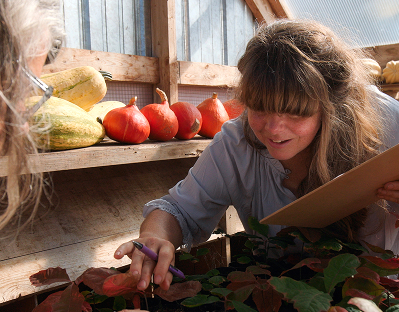
Contact experts on reforestation:
Below is a list of organizations that specialize in forests within our coalition. Send us an email and we’ll direct you to the correct person to communicate with.

Explore our “Science for Decision-Makers” page
The “Science for Decision-Makers” section highlights key research on nature-based solutions in the U.S., including strategies like reforestation and improving forest management, complemented by blog articles, case studies, videos, and infographics that summarizes the research and explain the impact it can have on real-world situations.
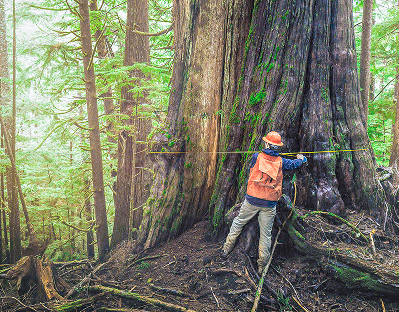
What is the science?
See the climate mitigation potential of reforestation and other forest strategies in our Science page.
What else can be done?




